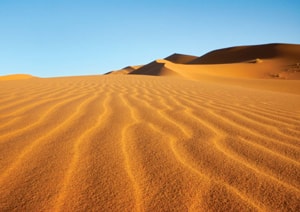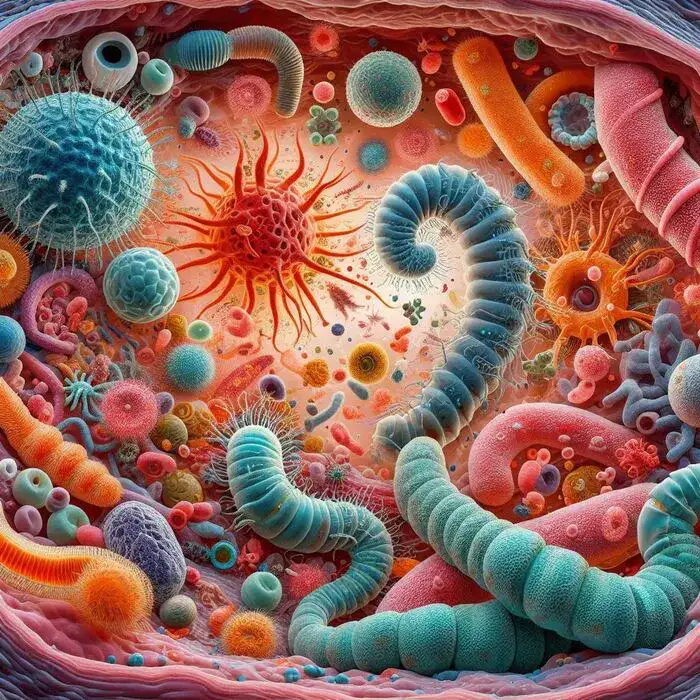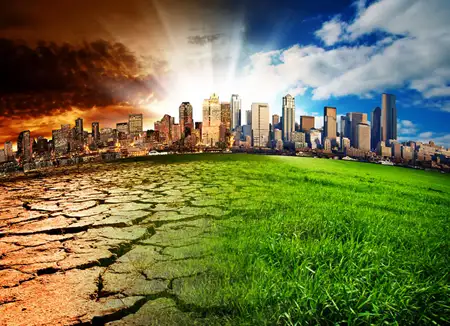Practice Reading & Listening on Deserts Practice Reading & Listening on Deserts for IELTS & TOEFL with a podcast as a documentary, illustrated flashcards and text-to-speech transcribed by Mortaza Mousavi https://www.youtube.com/watch?v=n4crvs-KTBw Wind whips over a barren wasteland. Vast nothingness as far as the eye can see, or so it may seem. Creatures peek out of burrows, scurry across the sand, and soar through the sky, revealing a landscape not as lifeless as it may first appear. What are deserts? Deserts are often defined as areas of land that receive less than 10 inches of rainfall each year. These regions are ...
Home » English Documentaries with Transcript » Practice Reading & Listening on Deserts for IELTS

Practice Reading & Listening on Deserts for IELTS
Updated: by Morteza Mousavi
Time to Read: 4 minutes | 492 Views | 11 Comments on Practice Reading & Listening on Deserts for IELTS



Some of the information provided in this documentary is really interesting. I did not know that even beside the oceans, there may be a desert or some types of desert located in the Arctic or Antarctic. Since childhood, the scene of a desert always brought a sense of solitude and bits of depression to me and scared me. Many times, I read or heard that somebody or even a carevan completely lost in a desert. The bright side of the story is that there are so many fascinating elements that could be found in the desert and all captivates us. What is more interesting than the scenery of a beautiful sky at night admixed with complete silence in a remote part of a desert. And more wonderful and surprising is to find an invigorating delightful oases encircled by vast stretches of desert all around it. All of these are nothing except the power of nature.
Well-written comment! Thank you.
Feedback
* Since childhood, the scene of a desert has always brought (present perfect tense) because of “since”
* bits of depression = some depression — bits of is usually followed by countable entities.
* … could be found in the desert = … in deserts (indefinite)
* an oasis (singular) vs. oases (plural)
One of scariest things about desert is that you can just find noting in it and the worster thing is that it’s really warm and hot . And without water you will absolutely die in it really easily.
Superficially, deserts are such a void, as you mentioned. However, upon further scrutiny, deserts are home to many special species and creatures that cannot survive elsewhere. Surprisingly, some of these well-adapted creatures seek shelter underneath the hot sands of deserts like many insects, rodents and lizards, and that’s why they’re invisible to us.
Feedback
* the worst thing
The most wonderful thing about deserts for me is that there is life there! In ones eye, deserts are so terrifying places to spend a day, but there are some animals and plants living there. This shows the variety of ecosystem. It was so interesting to read.
That’s right. Life finds a way, either in the desiccated lands of deserts or in the barren soil of Antarctica.
Feedback:
* in one’s eyes
Thank you Mr. Mousavi for providing us with the transcription of this interesting video. Here is my feedback about the video transcription:
Please consider chunking the whole transcription into some segments as you can see in the edited version by me.
The beginning of the transcription holds a minor mistake: Wind whips over, which figuratively means Wind attacks or strikes the infertile land.
Please ask your questions via commenting to receive feedback in an interactive fashion.
All the best,
Thank you in advance sir.
I will follow the instructions in next videos. Yes the first part had a mistake.
You’re most welcome. You did a great job!
When whips over a barren wasteland . Vast nothingness as far as the eye can see, or so it may seem. Creatures peek out of burrows , scurry across the sand, and soar through the sky. Revealing a landscape not as lifeless as it may first appear. Deserts are often defined as areas of land that receive less than 10 inches of rainfall each year. These regions are low in humidity and can even be moisture deficient , evaporating water faster than it is received. While most deserts are found in the mid-latitudes. These diverse ecosystems occur on all seven continents, and make up nearly one-third of Earth’s total land mass . Deserts are sometimes classified into four major types; subtropical, semi-arid , coastal and polar. Subtropical deserts are found along the equator , and the tropic of Cancer and the tropic of Capricorn. They are the hottest deserts on Earth with daytime temperatures that can reach up to 120 degrees Fahrenheit. Semiarid deserts are located in Asia, Europe and North America. These cold-winter deserts often form when tall mountain ranges block moisture through a process called the rain-shadow effect. Coastal deserts form alongside the tropical western edges of certain continents. Despite their proximity to water, coastal deserts remain dry. Polar deserts are found in the Arctic and Antarctic. The other end of the extreme, winter temperatures in the Antarctic desert average around minus 50 degrees Fahrenheit. While deserts experience extreme temperatures and receive very little precipitation , they’re still important habitats for plants and animals. Desert animals such as: the coyote have evolve d to withstand harsh desert conditions by burrowing into the cool ground, and emerging at night when desert temperatures drop. Many desert plants, including the saguaro cactus, have established long and shallow root systems to better absorb what minimal moisture might be present in the ground. Highly specialized to survive in such a harsh environment, desert wildlife is particularly vulnerable to ecological changes. Existing deserts have become less habitable, because of rising temperatures that dry up scarce water resources, and increase the risk of wildfires . Additionally, new desert areas are beginning to form through desertification . This phenomenon occurs when factors such as deforestation , climate change and resource mismanagement degrade the biological productivity of a region, thereby creating a desert. For instance, in Central Asia, poor irrigation practices and excessive water usage dried up the Aral Sea, and formed the youngest desert on the planet. But by practicing responsible agriculture, better management of limited water resources and limiting further development, it may be possible to curb desertification, while protecting our surprisingly rich desert ecosystems.
Thank you so much for transcribing this video on deserts.